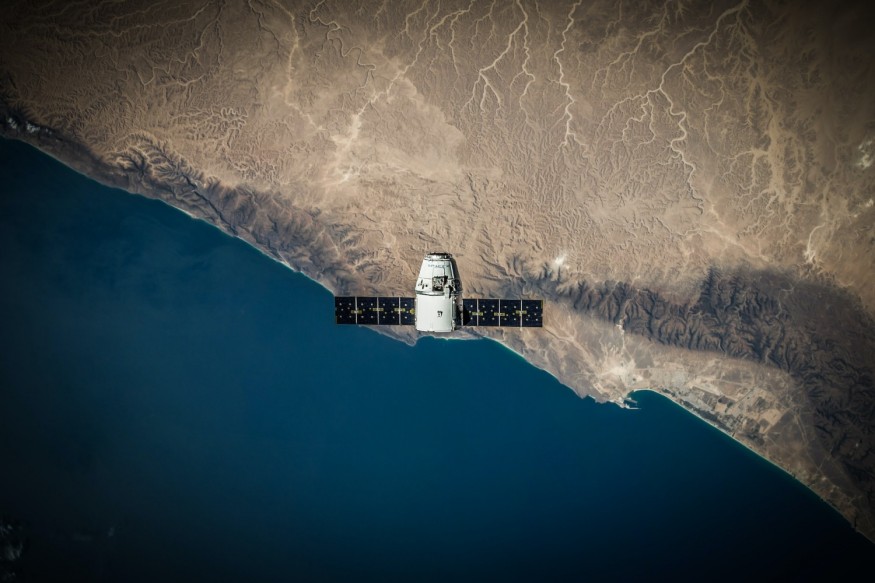
The internet has become an indispensable part of our daily lives, from communicating with our friends and loved ones to ordering food whenever we're too lazy to cook. With technological advancements continuing to push the boundaries, the demand for faster, more reliable, and more accessible internet connection continues to grow. Of course, cable and fiber internet providers have made significant strides in meeting these demands, but they have their limitations, especially in reaching remote and underserved areas.
That's why there have been talks regarding satellite internet being the future of internet connectivity. Why? Simply because it's the only reliable internet option that reaches remote and underserved areas without the need for extensive ground infrastructure. In this article, we'll determine if satellite internet is really the future of broadband connectivity.
The Role of Satellite Internet in Closing the Digital Divide
One of the biggest challenges in this digital era is the digital divide. In the US, there's still a significant number of areas that do not have reliable connections in their area. Unfortunately, this so-called gap affects not only individuals but also entire communities and economies. So, why not simply roll out fiber internet in remote areas?
Rolling out fiber internet in remote areas is an ideal solution in theory, as fiber-optic networks offer extremely high-speed and reliable internet connectivity. However, the practicality of deploying fiber infrastructure in remote regions presents significant challenges, such as cost and infrastructure, environmental impact, and limited scalability, that make it a less feasible option compared to satellite internet.
Improving Connectivity for Mobile and Maritime Industries
Satellite broadband has far-reaching implications for industries beyond land-based applications. Mobile networks, for example, can benefit from satellite backhaul, where satellite links connect remote cell towers to the main network, extending mobile coverage to remote areas and enhancing network resiliency during natural disasters.
The maritime industry also stands to gain from satellite internet connectivity. Commercial vessels, cruise ships, and offshore platforms can use satellite internet to maintain seamless communication with the mainland, enhance crew welfare, and monitor vessel operations in real-time. There are now a lot of satellite internet plans designed for maritime use, but they can be expensive, especially if you're eyeing a higher bandwidth or data capacity.
With the constant development of satellite internet, every internet provider might have the ability to offer better plans with lower costs in the future.
Low Earth Orbit (LEO) Satellites
Traditional satellite internet systems have faced challenges related to latency, which is often associated with the longer distance that signals must travel to geostationary satellites. However, the development of LEO satellites, which orbit much closer to the Earth, has significantly reduced latency concerns.
Like those deployed in the Starlink project, LEO satellites offer lower latency due to their proximity, making them more suitable for real-time applications and online interactions. The competitive advantage of LEO satellites has encouraged companies like Amazon's Project Kuiper and OneWeb to invest in similar constellations, further driving innovation and improvements in satellite internet technology.
Environmental Considerations
As the demand for satellite broadband grows, so does the importance of addressing its environmental impact. Concerns have been raised regarding the growing number of satellites in orbit and the potential for space debris. As more satellites are launched, responsible management of space resources and adherence to international guidelines for satellite disposal become critical.
Efforts are being made to design satellites with better end-of-life plans, including deorbiting measures to mitigate space debris. Companies and space agencies are also actively exploring ways to enhance sustainability in space operations to ensure the long-term viability of satellite constellations without endangering future space missions.
What's in It for Internet Users?
For internet users, the rise of satellite broadband as the future of internet connectivity holds numerous benefits and exciting possibilities. One of the most significant advantages is improved access in remote and underserved areas. People living in rural communities, isolated regions, or on remote farms can finally access high-speed internet, opening doors to online education, e-commerce, telecommuting, and various digital opportunities.
Moreover, satellite internet proves invaluable during emergencies and natural disasters when traditional terrestrial networks might be down or damaged. Satellite connections remain operational, ensuring vital communication channels for both affected communities and emergency responders.
Conclusion
Satellite broadband holds exciting possibilities, providing improved access to digital opportunities for those previously left behind and offering reliable communication channels during critical times. As technology continues to evolve, the future of internet connectivity will likely involve a hybrid approach, with satellite broadband complementing traditional terrestrial networks to create a more connected and inclusive world.










